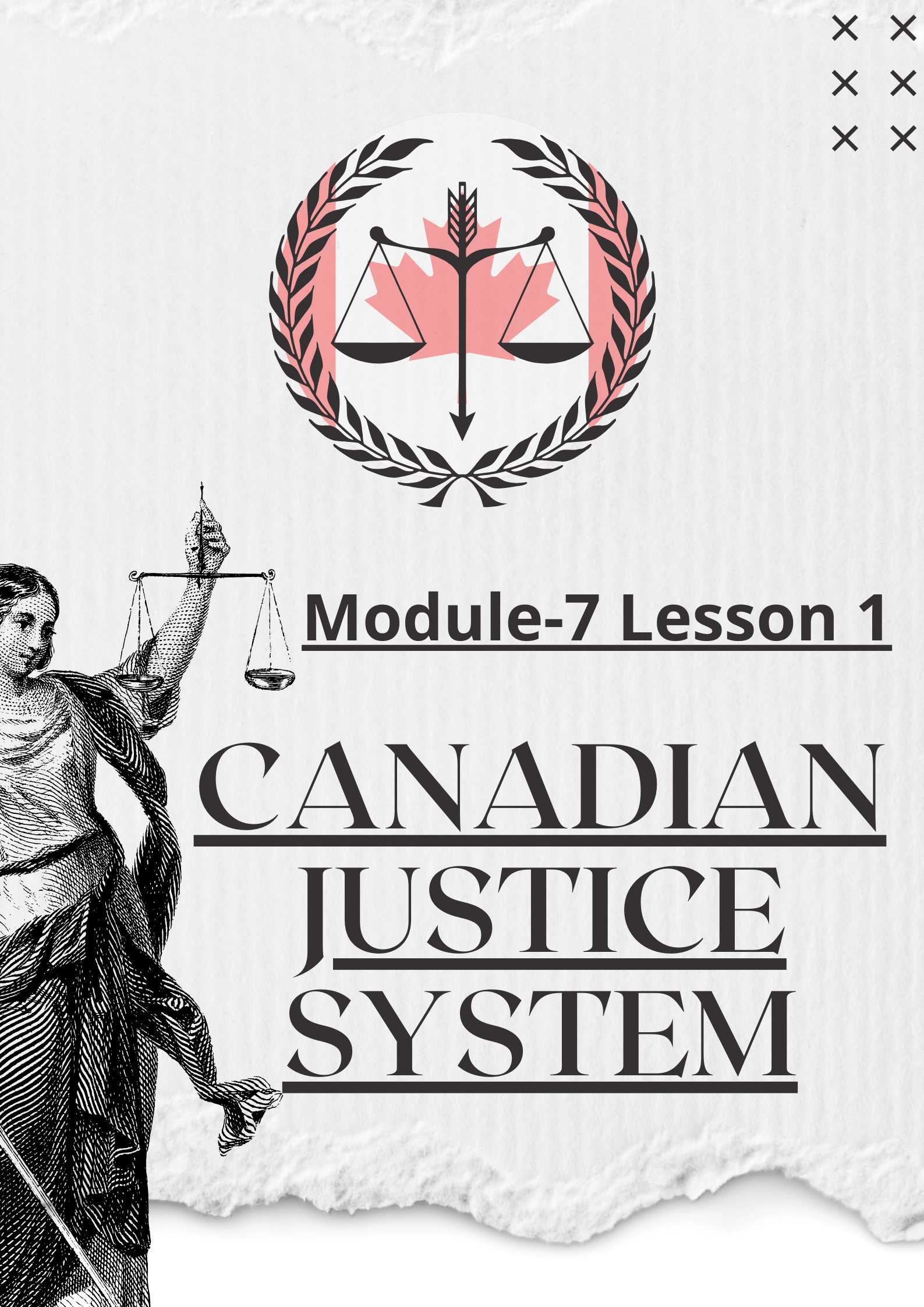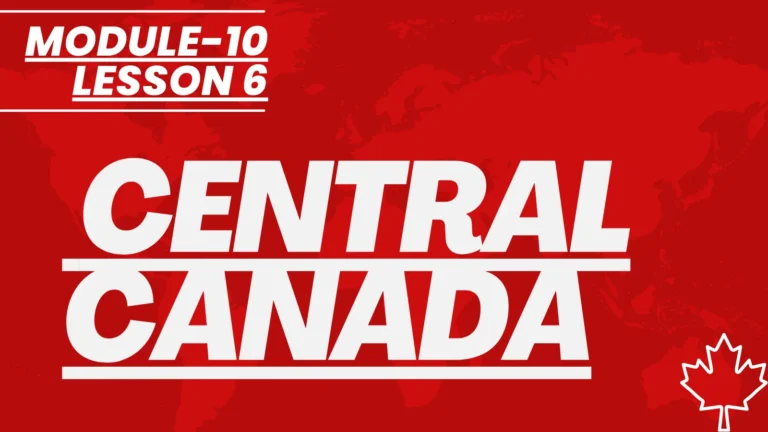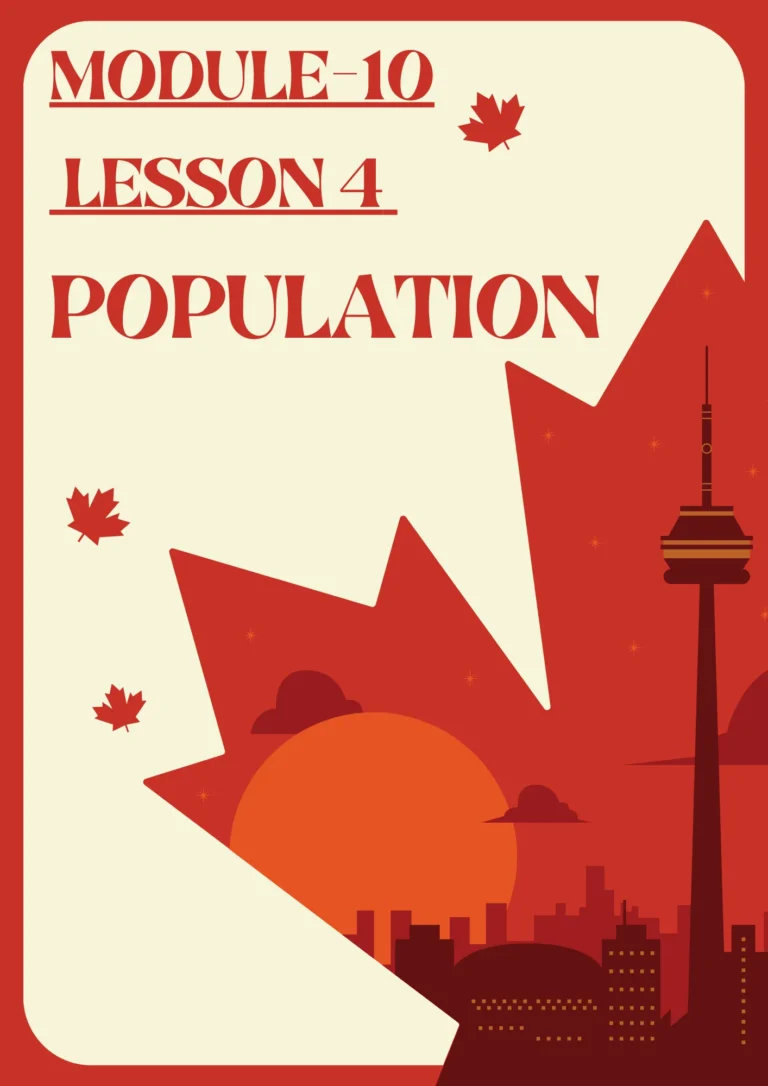Module-7 Lesson 1 Canadian Justice System
Canadian justice is a cornerstone for democratic values in the country, embodying fairness, neutrality and the rule of law. . It protects individual rights and maintains public order while upholding the principle of justice. This essay provides a detailed examination of Canada’s justice system. It includes its fundamental principles, structure and legal traditions.
The Foundational Principles
1. Rule of Law
It is the cornerstone of Canadian justice, as it ensures that all laws are equally and consistently applied to everyone, no matter their background or status. The rule of law emphasizes that the laws are supreme over any arbitrary decisions, laying the foundation for an orderly and just society.
2. Impartiality and Fairness
The Canadian justice system is based on impartiality and fairness. Natural justice principles ensure individuals receive a fair trial and have the chance to challenge any evidence that is against them.
3. Protection of Rights and Freedoms
All Canadians are guaranteed fundamental freedoms and rights by the Canadian Charter of Rights and Freedoms. This constitutional document is enshrined in the Constitution Act of 1992. The Charter guarantees the rights to life, security, and liberty of persons, along with protection from unreasonable searches and seizures, arbitrary detentions, and racism.
4. Adversarial System:
Canada has an adversarial system of law, which means that legal disputes are settled through confrontations between parties. The adversarial system is based on each side presenting evidence and arguments to a neutral adjudicator (usually a jury or judge) who determines the result.
The Canadian Justice System Structure:
1. Federal and Provincial/Territorial Jurisdictions:
The Canadian justice system operates within a federal structure, with jurisdictional responsibilities divided between the federal and provincial/territorial levels. The federal courts are responsible for immigration, national safety, and some criminal offences, whereas the provincial/territorial courts take care of family law, criminal matters, civil cases, as well as most other criminal offenses.
2. Supreme Court of Canada :
The Supreme Court of Canada is at the top of the Canadian justice system. It is the last court of appeal, and it has the power to interpret constitutional questions. The Supreme Court, which is composed of nine judges appointed by the governor general, plays an important role in establishing legal precedents and ensuring that the law is applied consistently.
3. Provincial Courts and Territorial Courts:
Every province is governed according to its own system of courts. The provincial and territorial courts deal with a variety of cases, including civil and criminal matters.
4. Federal Courts:
The Federal Court of Canada includes the Federal Court of Appeal and the Tax Court of Canada. The federal courts are responsible for matters that fall under the jurisdiction of federal law, including immigration, intellectual property, and disputes with federal governments.
5. Administrative Tribunals:
Canada also has a number of administrative tribunals that deal with specific legal areas. The Canadian Human Rights Tribunal is one example, as are the Immigration and Refugee Board and the Canadian Radio-Television and Telecommunications Commission. The tribunals are specialized in their respective fields.
The Legal Traditions
1. Common Law and Civil Law
Canada’s dual legal system is influenced both by common law and civil law traditions. In most provinces and the Supreme Court of Canada, the common law, which is inherited from British legal systems, dominates. Civil law, which is derived from the Napoleonic Code in Quebec, rules private law issues, creating a unique legal environment within the Canadian Federation.
2. Indigenous Legal Traditions:
The Canadian justice system is increasingly aware of the significance of Indigenous customary law and legal principles. Indigenous courts and including Indigenous perspectives in legal proceedings are all part of initiatives to address historic injustices and promote reconciliation.
The following institutions and legal professionals are important:
1. Department of Justice Canada
The Department of Justice Canada is the legal adviser to the federal government. Its responsibilities include drafting laws, giving legal opinions and representing government interests in all legal issues. The head of the department is the Justice Minister and Attorney-General of Canada.
2. The Canadian Bar Association (CBA):
The Canadian Bar Association is an organization that represents lawyers, judges and law students. The CBA plays an important role in advocating for justice, promoting professional development and providing access to the courts. CBA is involved in policy discussion, legal education and the enhancement of ethical standards for the profession.
3. Law Societies:
Every province or territory has a law society that is responsible for the regulation of the legal profession. The law societies are responsible for setting ethical standards, managing lawyer licensing and addressing complaints. Law societies play an important role in maintaining the professionalism and integrity of the legal profession.
4. Legal Aid:
The goal of legal aid organizations in Canada is to ensure that those who can’t afford legal representation have access to justice. They provide financial aid and other resources so that anyone, no matter their economic situation, can seek justice.
The Challenges of Reform and Ongoing Challenges
1. Access to Justice
Access to justice in Canada remains difficult despite the principle of equal protection and fairness. High legal fees, geographical barriers and the limited availability of services such as legal aid can make it difficult for individuals to effectively navigate the legal system.
2. Indigenous Rights and Reconciliation
In order to address historical injustices towards Indigenous peoples and recognize their legal tradition, the Canadian justice system continues to face challenges. The establishment of Indigenous Courts, incorporation of Indigenous Legal Principles, and collaboration initiatives with Indigenous Communities are all part of efforts towards reconciliation.
3. Legal Technology and Innovation
As technology advances, so does the legal landscape. Legal technology, AI, and online dispute mechanisms offer opportunities to improve efficiency and accessibility. Adapting to this change requires ongoing considerations of equitable access and ethical implications.

4. Efficiency and backlog: The backlog of cases and the delays that occur in the legal process are a problem for courts across Canada. Efficiencies in the justice system can be improved by improving case management, alternative dispute resolution, and digitalization.
5. Criminal Justice Reforms: Criminal justice reform is being called for to deal with issues like the overrepresentation in prison of certain ethnic groups, the mandatory minimum sentence, and how individuals with mental illness are treated. There are efforts underway to promote rehabilitation and explore alternatives to imprisonment.






